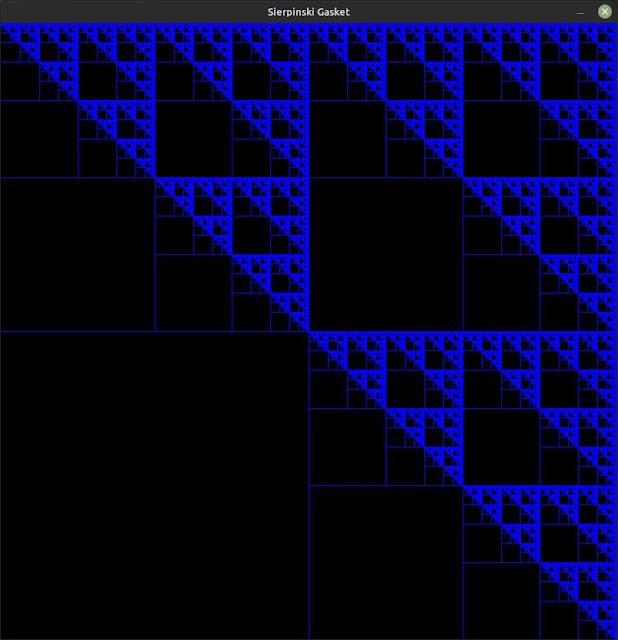Analyzing 1 billion digits of Pi

The number pi, which always reminds of pie, happens to be one of the most widely used symbol in mathematics, both in high school and university. As you know, it is nothing more than an irrational number (it can't be written as a fraction) which starts with 3.14159 and it is the heart of all geometry and trigonometry. Many have calculated billions of digits of pi, the record (last I checked) is at 105 trillion digits, but it is all done just for the sake of curiosity, there is no practical application since you only need the know the first few dozens of digits in order to perform any calculation in the universe. However I'm sure you've seen on Facebook that famous post in which they explain the digits of pi are non-repeating, meaning any possible number combination may be found if you keep digging deep enough, therefore you may run into a combination of numbers which are your birthday, another combination of numbers which spell your name in ASCII format and maybe...






